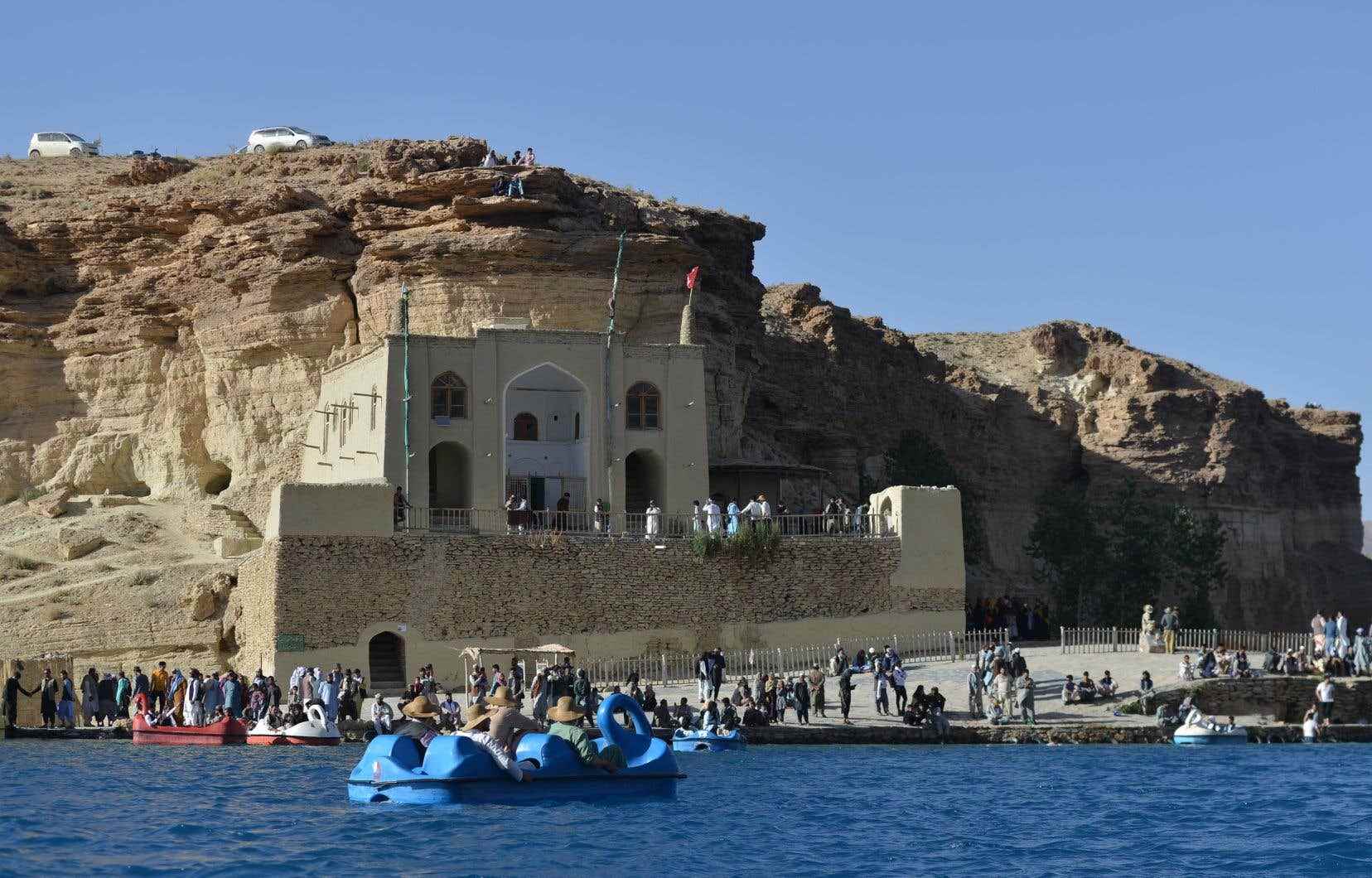Like civilizations, stones are also deadly. Like women and girls, Afghanistan’s heritage is suffering the devastating effects of the return of the Taliban to power. The setback particularly affects the treasures of humanity recognized as such by UNESCO, the branch for science, culture and education of the United Nations.
“Since the fall of the legitimate authorities in August 2021, the situation has been extremely complicated in Afghanistan, declares to the To have to a diplomat close to the Afghan file of UNESCO who does not wish to be named. The authorities have de facto taken very worrying decisions, in particular against the education of girls and women, but also with regard to heritage, for which there are worrying developments on the spot. It is therefore very difficult for the UNESCO teams in the field to pursue their action. »
No interlocutor of the regime can negotiate with international bodies. All international funding is frozen. UNESCO agents fall back on the few NGOs still active on the spot and on local communities, when they can. The agency has been in the habit for years of recruiting and paying its Afghan partners itself to avoid misappropriation of its funds.
UNESCO deals with culture, but also with education. For this component, the situation is even more catastrophic, especially for girls and women. “We are in an extremely dramatic situation”, summarizes our interlocutor.
The destruction of the Buddhas in Bamiyan
The longest war in US history officially ended a year ago, on the night of Monday August 30 to Tuesday August 31, 2021, with the departure of the last American soldiers from Kabul airport. The capital itself had been retaken by the Taliban on August 15, almost without resistance.
The attacks of September 11, which triggered the conflict led by the NATO allies, were preceded in March 2001 by the dynamiting in Bamiyan of two giant statues representing the Buddha. The international community had condemned the iconoclastic destruction by the first Taliban government (1996-2001) of the 55-meter (called Salsal) and 38-meter (Shahmama) giants dating from the VIIe century.
Tensions persist in the “Valley of the Gods”, some 200 km from the capital, which includes other precious and fragile remains, including caves dug and decorated by Buddhist monks. We discovered there the oldest oil painting in the world.
In 2013, UNESCO launched the construction of a museum and a cultural center in Bâmiyân, a site classified for its cultural landscapes and its archaeological remains on the World Heritage List. South Korea provided more than 7 million for this project linked to an architectural competition won by an Argentine firm, in front of 1070 proposals from 117 countries. The site was completed at the turn of the year, under the new Taliban government.
“The problem is that this place is empty,” said the diplomatic source. We cannot go on to the next stage of putting the center into operation around the museum and highlighting the craft traditions and know-how of the valley. »
Touristic complex
UNESCO cannot hand over the building to unrecognized authorities, who are also dogmatically arguing over the content to be highlighted in the rooms, for example the craftsmanship of Afghan women. The professionals concerned by this cultural centre, or even by its use for other purposes, remain withdrawn to Kabul. The office in the capital has remained active for a year, like that of other UN agencies and programs (FAO, UNICEF, UNDP, etc.).
The Islamic regime launched its own construction site on the site at the beginning of August to develop a tourist complex with a restaurant, car park and souvenir shops. The complex is supposedly an identical reproduction of a bazaar destroyed by the civil war in the 1990s. The desire for tourist exploitation of the Buddhas destroyed by the Taliban is also not lacking in dark irony.
Kabul says UNESCO approves of the development, which the UN body strongly denies. Experts fear that the vibrations produced by visitors’ vehicles could further damage the cliffs where the remains of Salsal and Shahmama nest.
The minaret of Djâm is just as fragile. It is on the list of World Heritage in Danger. The “graceful and slender” construction, 65 meters high, dates from the 12the century. The site, very isolated, at the confluence of two rivers, surrounded by mined land, complicates the interventions that have been going on for years and still partially under the new Afghan regime.
Dredging works have recently made it possible to dig the beds of the rivers to prevent the risk of devastating floods. Residents of nearby villages participated in the work. A conservation plan, drawn up after the digitization of the monument, has just been submitted by specialists, who wish in particular to install devices for detecting seismic tremors, which are frequent in the region.
